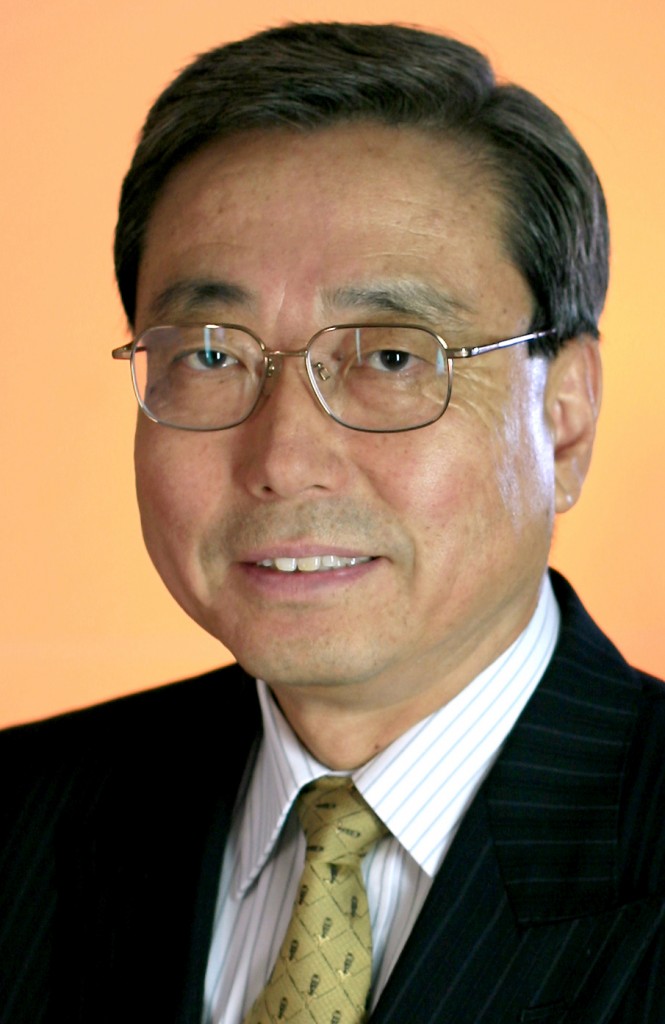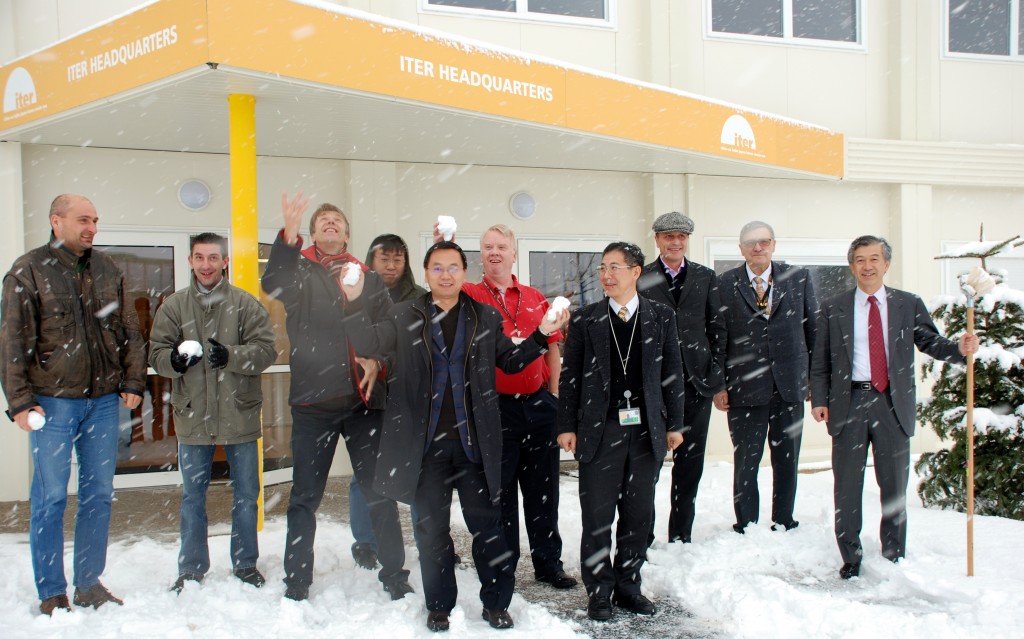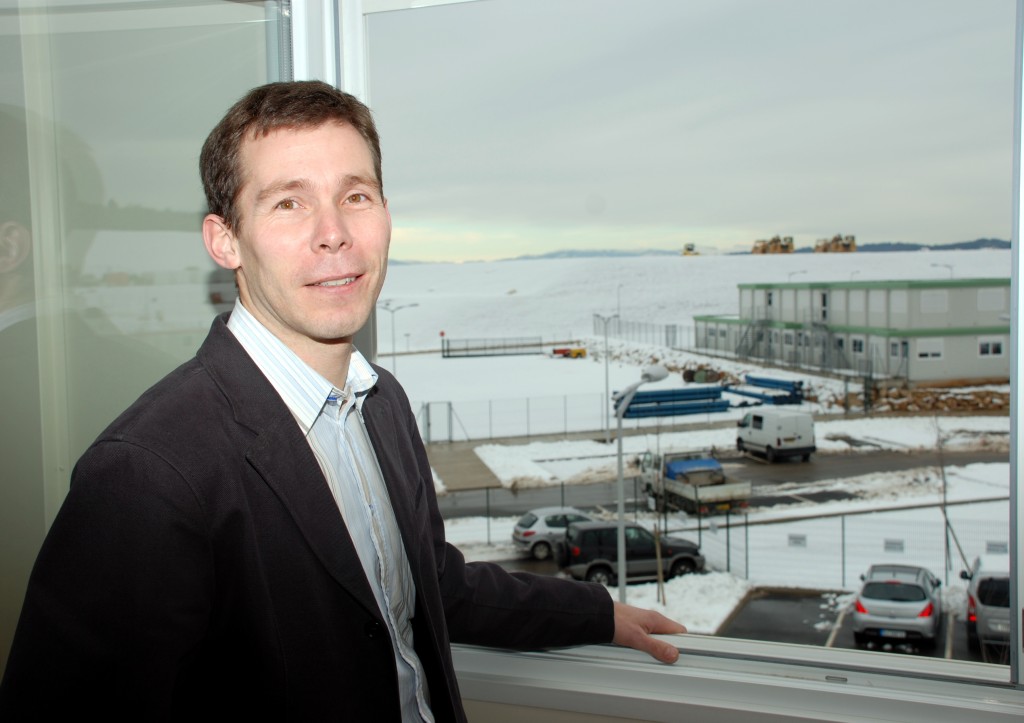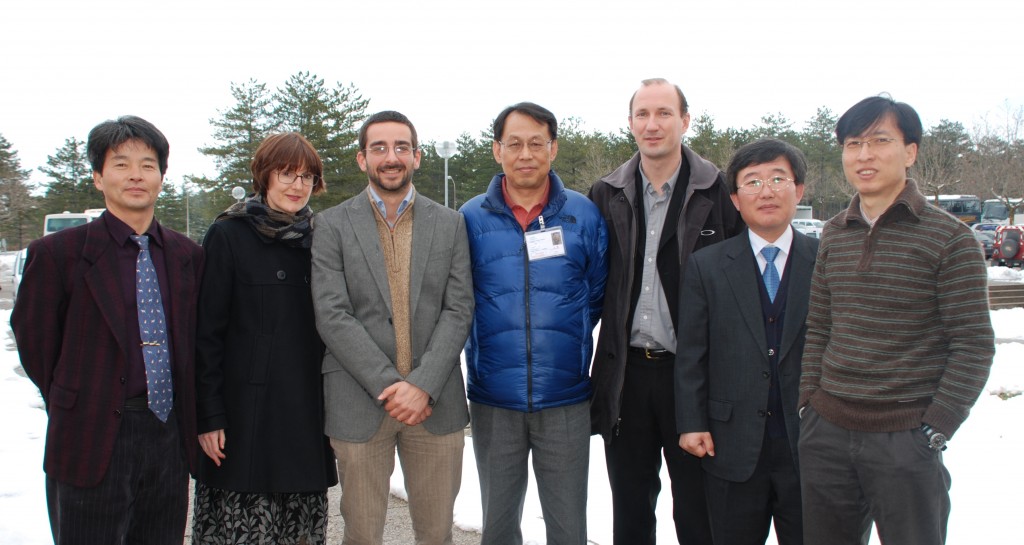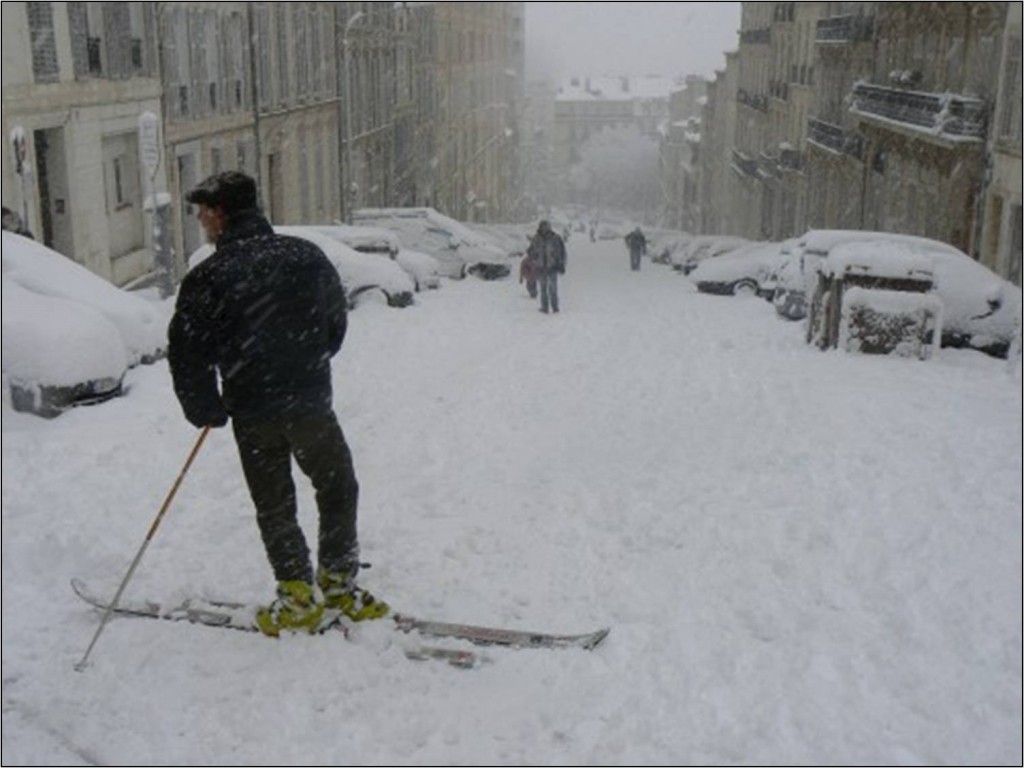It happens once every 15 to 20 years. And when it does, it is chaos in Provence. It doesn't take much: 20 to 25 centimetres of snow, a temperature a couple of degrees below 0 °C and in less than an hour, traffic comes to a standstill, hundreds of motorists find themselves trapped in their cars, trains stop on their tracks and the weaker parts of the power grid shut down.
This is what happened last Wednesday, as it did in December 1973 and in January 1987. "It was just a basic conflict between a cold stream descending from Scandinavia and warm, stationary air above the Mediterranean," says Bertrand Laviec, from Météo-France Regional Centre in Aix. "Snowfalls were heavy, but no historical record has been broken. This type of event was quite frequent and even more spectacular in the 1950s and 1960s."
So why, to quote some of the headlines in the local newspapers, the "Chaos," the "White Mess," the "Panic," and the "Fiasco"? In normal conditions, traffic on the motorways leading in and out of Marseille is exceptionally dense, with more than 50,000 people commuting daily between Aix and the region's metropolis. On Wednesday, snow started falling when truck drivers were leaving the autoroutes' rest areas and commuters were starting their drive to work. The result was a monster gridlock that shouldn't have come as a surprise. Despite all efforts from municipal services, motorway authorities, fire brigades and police forces, it took more than 24 hours to bring the situation back to, almost, normal.
What a warm welcome for Laurent Schmieder for his first week at ITER: heavy snowfall has paralyzed life in southern France, there is no public transport, schools and kindergartens are closed—and so is ITER Headquarters. A general alert was sent out strongly recommending staff to stay at home. But as his name is not yet on the all-iter email-list, he did not receive this message and so he finds himself almost alone in a deserted office building.
Laurent takes the situation with humour. For someone who has worked in remote places like French Polynesia and arctic Siberia, "a little snow" is nothing to make fuss about. And so Laurent uses the "white out" to settle into his office and to unpack a few personal belongings before the wheels of the snow-covered scarpers parked on the hill opposite the Headquarters buildings start turning again.
Laurent Schmieder is the Head of the Division for site, buildings and power supplies at Fusion for Energy, the European Domestic Agency for ITER situated in Barcelona, Spain. According to the ITER Agreement, Europe will contribute the buildings for the ITER site. So, in order to be close to their work project and their colleagues from the ITER Civil Engineering & Plant Support Department, Laurent and his team of four are currently moving to France. It is still a small team, but support is in the pipeline.
"Procurement for more positions has been launched already and by the end of the year we will expand to 15," he says.
In 1990 Laurent joined the CEA, who soon sent the young engineer to French Polynesia. After a "stopover" in Reims back in France he worked in Siberia before he moved back to France in 1998, this time to Bordeaux, to build the Laser Mégajoule Project, an experiment investigating fusion energy by inertial confinement.
So ITER is not the first megaproject for Laurent Schmieder, even though ITER will be about six times bigger than the Mégajoule project. His biggest challenge building ITER, he says, will be to make the scientists understand that "it is necessary to freeze the design for the buildings very soon."
Subsystems of the COMPASS facility have been commissioned and tested in recent months within the framework of reinstallation of the COMPASS Tokamak at the Institute of Plasma Physics AS, Czech Republic.
Integral technological tests of the facility were undertaken on 9 December 2008. On this date, the vacuum chamber was first conditioned by a glow discharge. Subsequently the correct cooperation of all the power systems was verified. A few minutes before noon the COMPASS tokamak was fuelled by the working gas and then a plasma discharge was successfully generated. The plasma discharge was proved by measurements of plasma electric current, of hydrogen light intensity and of plasma density via microwave interferometry. Thanks to these results, the integral technological tests of the COMPASS tokamak can be declared to be very successful.
"After decades of discouraging setbacks, plasma physics has made jaw-dropping recent progress," writes Der Spiegel. "Could it save the world?" the German magazine asks.
Last week, a delegation from the Korean Domestic Agency and senior experts from the Korean Atomic Energy Research Institute (KAERI) visited ITER in order to contribute to and to optimize the design of the ITER Hot Cell Facility.
"The unexpected snowfall made it difficult to meet appointments and some meetings had to be moved from Cadarache to the hotel lobby in Aix-en-Provence spontaneously," says Magali Benchikhoune, Section Leader for the Hot Cell Facility. "But we managed to make the best out of it. We identified several items for further study and prepared the agenda for 2009. The Korean team—safely back in Korea—now has enough data on hand to work on the design of the ITER Hot Cell. We also decided to have a monthly progress meeting."
|
In the week following 6 January, every family in Provence engages in a heated debate: Will the "Three Kings cake" be a "gâteau" or a "galette"? Traditionalists are in favour of "le gâteau," a fat toroidal brioche covered with thick slices of candied fruits; modernists prefer the round, almond paste filled Parisian tart or "galette." But whatever their choice, the ritual of the Epiphany meal, also called "Fête des Rois," or Kings' Festival, will remain the same.
A dry broad bean, called a "fève," and a small porcelain (or plastic) figurine have been baked into the cake. The youngest child among the guests hides under the table and decides who will get the portion of the cake being sliced by the family head. Whoever finds the figurine is crowned king or queen, while the unfortunate who "gets the bean" is supposed to treat everyone present to another cake and champagne.
What is being celebrated in this rather heathen fashion is one of the most poetic and stirring event surrounding the Nativity: The arrival in Bethlehem, twelve days after the Infant Jesus was born, of the "Magi," or "Wise Men," bringing gifts of gold, frankincense and myrrh. From their home "in the East," they had been guided by a miraculous star. The Wise Men, who may have been priests-astrologists from Babylon or Persia, are symbols of the nations of the Earth bearing witness to the new age of the world—this is the meaning of "Epiphany," which means "Revelation."
Matthew is the only one of the four Evangelists to recount this event, and only in later centuries did the "Adoration of the Magi" acquire a deep symbolic and emotional significance. Popular faith in the early Middle Ages transformed the anonymous Wise Men into three kings named Caspar, Melchior and Balthazar.
How the Epiphany led to broad beans baked into torus-shaped brioches is another case of a pagan tradition being incorporated into a Christian holiday. In Roman times, during the Saturnalia celebrations at the beginning of winter, slaves would be crowned king of a day when they found the bean in the cake.
Read about the reinforced coordination of physics and technology in European fusion labs, the 50-year-history of the tokamak and how the Hungarian (music and culture) Festival Sziget manages to attract young people to fusion science in the latest issue of Io_Fusion News.
"I really don't know if ITER would succeed." Chris Lee, author for the online magazine Ars Technica, is undecided, but ... "Nevertheless, energy demand has grown consistently at around three to five percent per year in almost every developed nation on Earth for as long as we have records. Even removing environmental considerations, it is unlikely that this demand simply can be met by current mature technologies. Given this, it is probably worth finding out if fusion research is worth it."
Last week's snow storm is now over, but it left some ice on pathways, pavement and parking lots. Despite salting these areas, the ground can still be slippery. So, pedestrians are advised to be careful, especially in the early morning hours or in the evening when temperatures can drop well below zero degrees Celsius.
|


